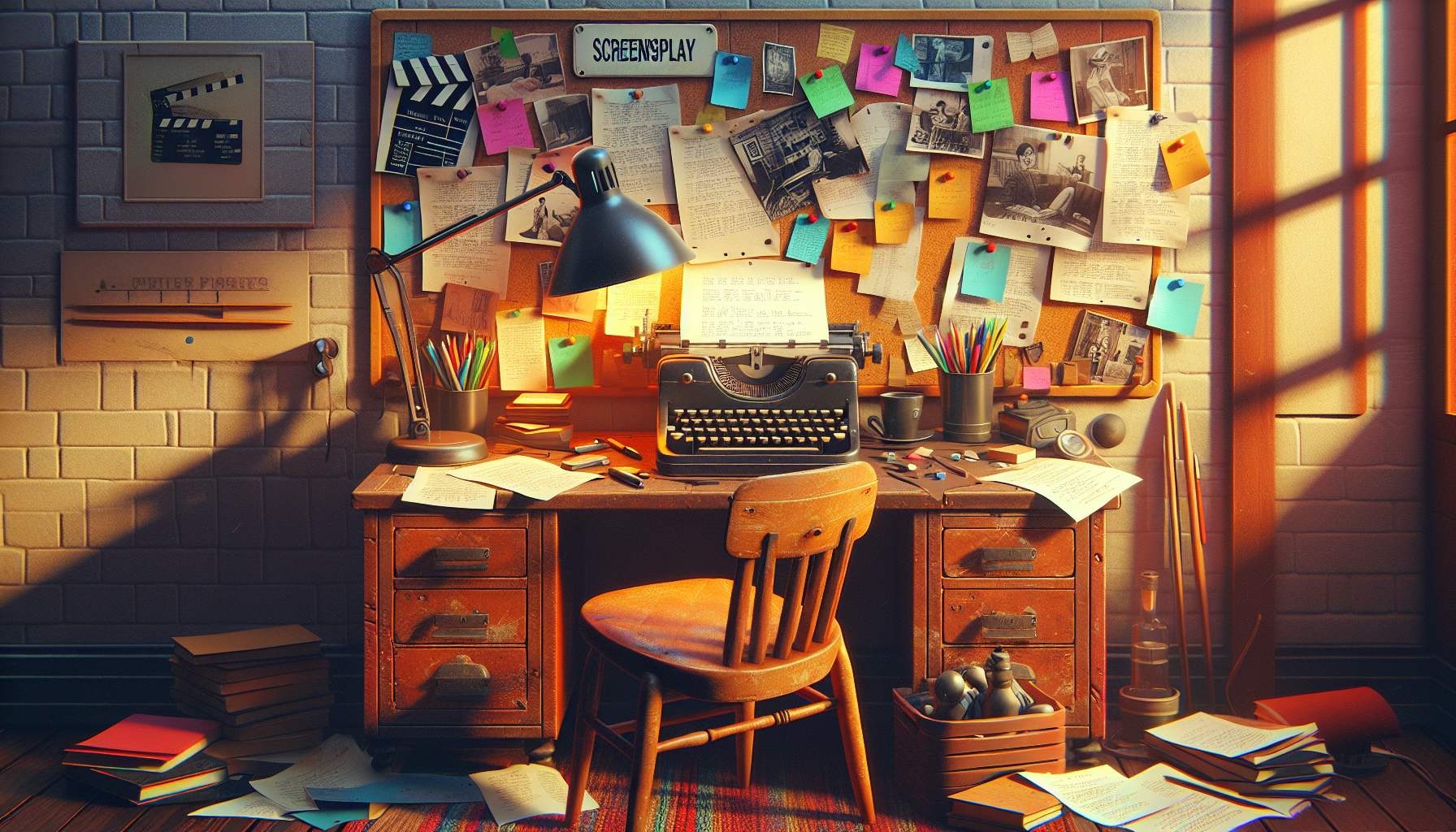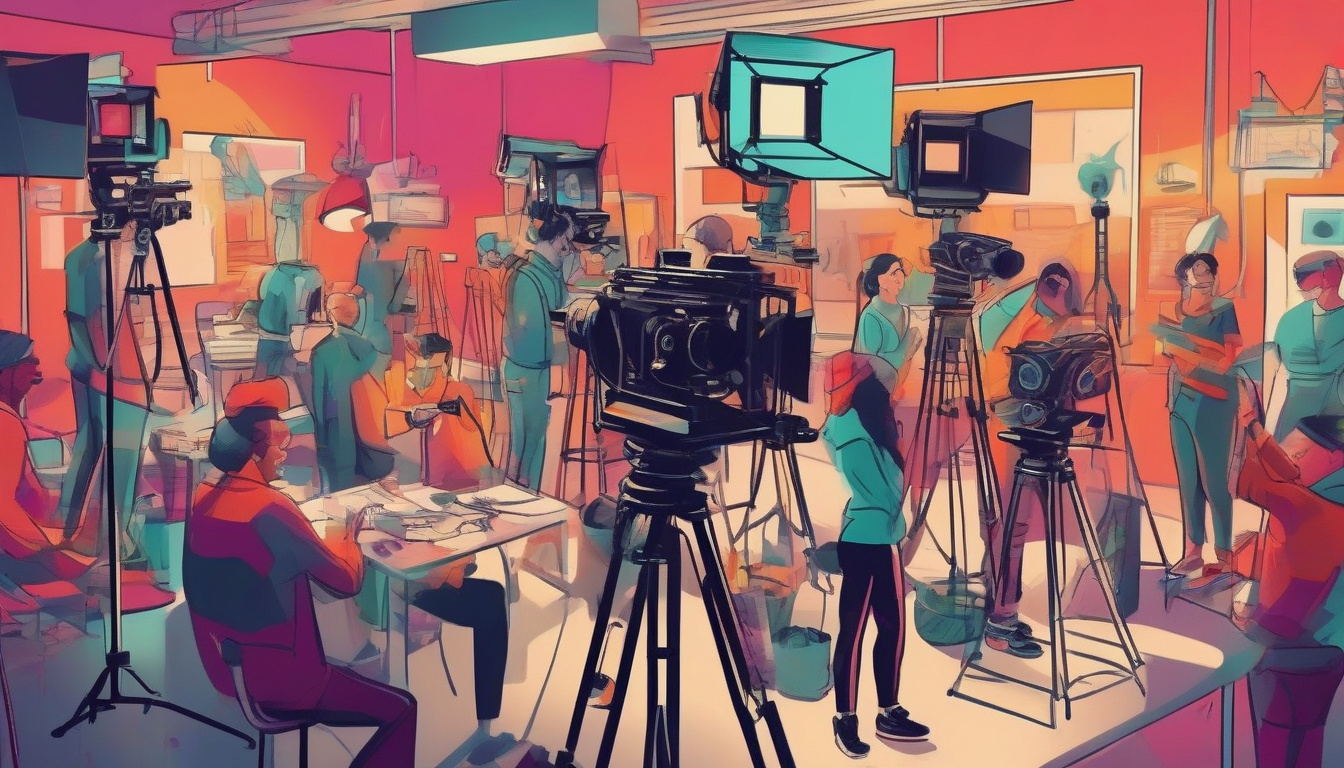
The Magic Recipe for Whipping Up a Binge-Worthy TV Pilot
Okay, brace yourself! We’re about to dive deep into the delectable art of concocting a TV pilot that will grip viewers tighter than a brand-new pair of skinny jeans. Writing a kick-butt pilot isn’t just about putting words on paper, but more about brewing an irresistible potion of characters, plot, and the unforgettable ‘hook’. So, fasten your seatbelts (or couch belts), and let’s get this show on the road!
Chapter 1: Starting with a Bang!
No, I don’t literally mean explosions (though Michael Bay would beg to differ). Your pilot must seduce your viewers from the get-go. Think of your opening scene like a first date; make it exciting, mysterious, or hilariously awkward—whatever it takes to get a second date! Does your character wake up with amnesia in a cheesecake factory? Or maybe they find a secret message in their fortune cookie? Whatever it is, make sure it’s more gripping than my grandma’s cheek pinches.
Chapter 2: Crafting Characters Who Kick Butt (or at least make us laugh)
Characters are the heartbeats of your show. You want fleshed-out folks with layers deeper than a lasagna. Our leads should have desires, fears, a quirky trait or twelve — something that makes them pop off the screen and into the audience’s hearts (or nightmares). Your characters should be so vivid that they could walk off the screen and steal your popcorn. Whether it’s a neurotic superhero, a disillusioned pastry chef, or a philosopher dog, give them a voice so distinct it could sing karaoke without backup vocals.
Chapter 3: Weaving a Web of Wow-Worthy Plots
Next up: plot. This is not just what happens, but the mind-bending, roller coaster journey our characters embark on. Think transformation! Betrayal! Enchanted roller skates! Whatever it is, your plot needs twists and turns that would make a game of Twister jealous. And remember, even the most fantastical stories need a stitch of relatability — yes, even if your protagonist is a talking mushroom with dreams of stardom.
Chapter 4: Dialogues to Die For
If your dialogue doesn’t snap, crackle, and pop, then you might as well be writing an appliance manual. Witty banter, poignant monologues, and burn-them-to-the-ground comebacks will ensure that your script remembers more than your ex’s birthday. The trick here? Read it aloud. Does it sound like something a real (albeit potentially eccentric) human might say? No? Then it’s back to the drawing board, or maybe just back to eavesdropping at your local coffee shop.
Chapter 5: The Holy Grail – Your Pilot’s Purpose
Yes, figuring out why your pilot exists in the first place could probably help. What’s the bigger picture? Are you aiming to comment on societal norms, poke fun at the absurdity of life, or just entertain with some good old-fashioned slapstick? Slotting your theme into every corner of your script will give it depth and make it a savory slice of television pie.
Chapter 6: Leave Them Wanting More
Finally, that all-important hook. Just when they think they’ve got the plot figured out, hit them with a cliffhanger. Maybe the trusted sidekick is the villain, or the evil emperor is actually a teddy bear in disguise. It doesn’t have to make them throw their remote at the screen (please, no screen casualties), but it should make them itch to hit the Next Episode button, faster than you can say, Who stole the last donut?
And there you have it — the secret sauce for crafting a TV pilot that’s as irresistible as binge-watching ‘The Office’ for the seventeenth time. So grab your typewriter, keyboard, or quill (no judgment here) and start creating television’s next big thing. Lights, camera, write!






